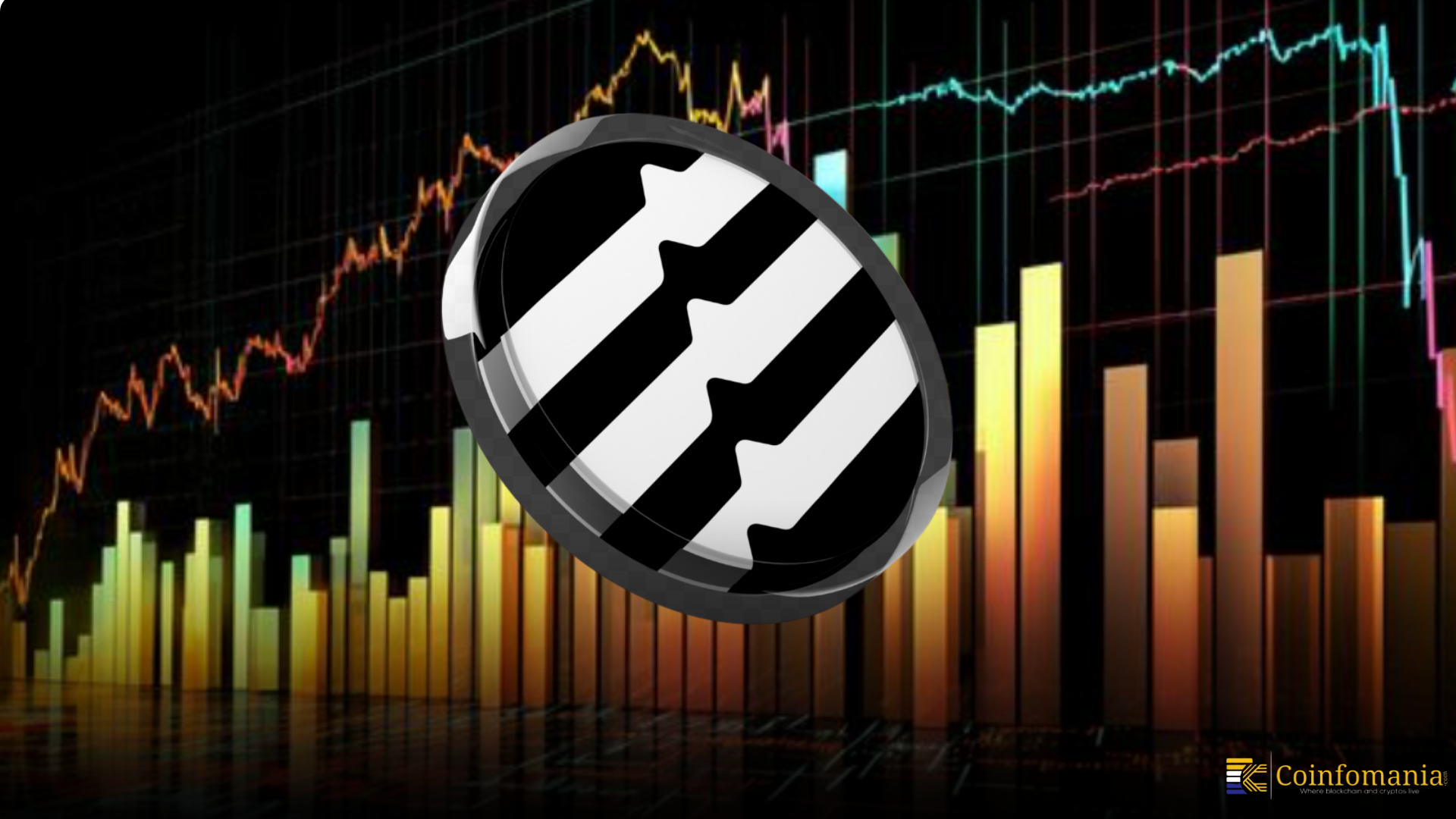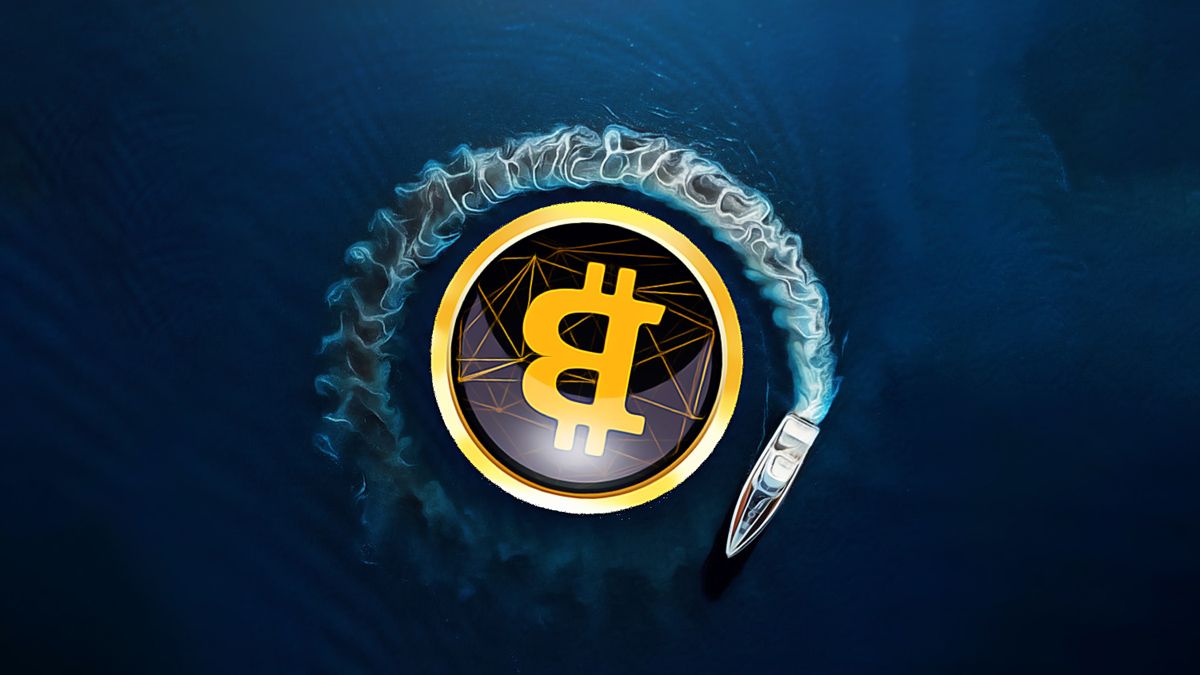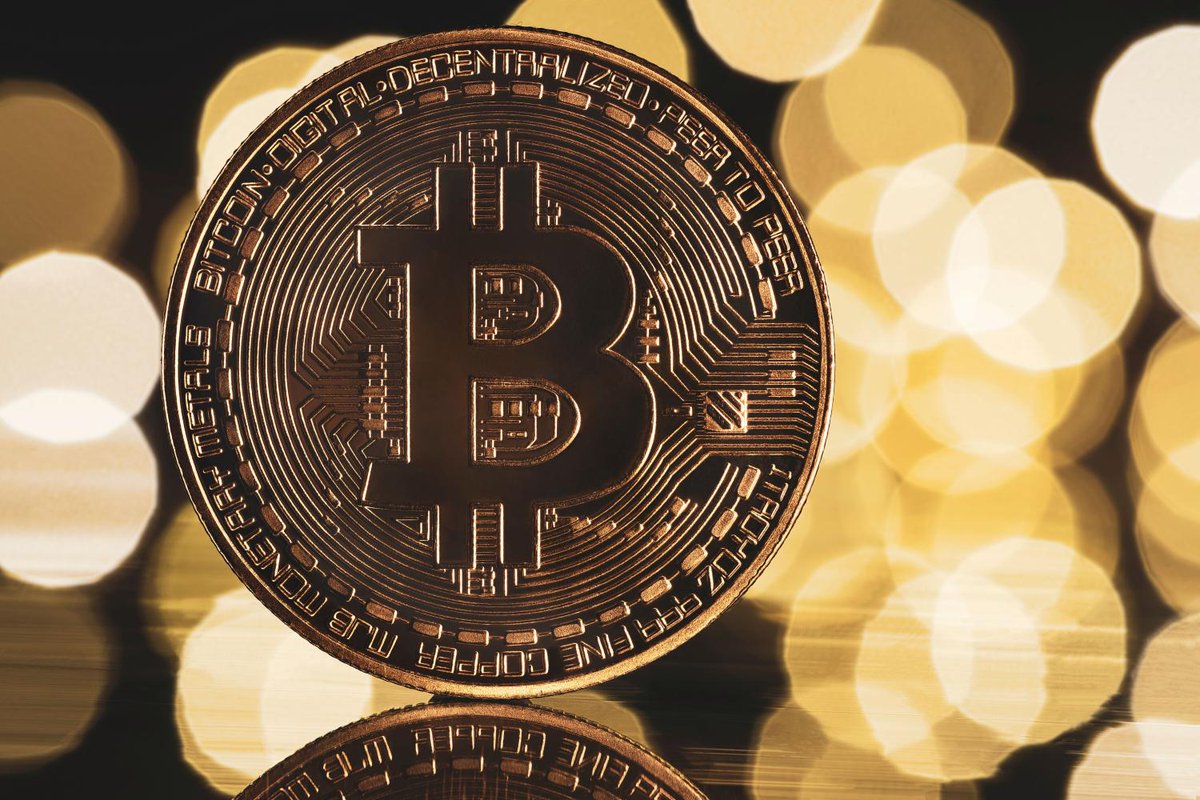
The Graph (GRT)
What tools does Nimbus offer for effortlessly monitoring The Graph?
Nimbus provides a user-friendly tracking solution equipped with intuitive tools to monitor The Graph effortlessly. These tools are specifically designed for user convenience, allowing individuals to stay seamlessly updated on the latest trends, prices, and information related to The Graph. Users can also explore the world of cryptocurrency effortlessly while simultaneously tracking The Graph prices. The platform also offers insights into profit and loss, providing a comprehensive experience without the complexity typically associated with monitoring cryptocurrencies.
How does Nimbus enable tracking The Graph prices with profit and loss?
Nimbus facilitates the tracking of The Graph prices with profit and loss through seamless integration with your crypto wallet for portfolio monitoring. By connecting with your crypto wallet, Nimbus provides a clear and comprehensive overview of various metrics, including profits, losses, revenue, expenses, return on investment (ROI), and other essential financial indicators. This integration ensures that users can analyze their cryptocurrency portfolio with precision, gaining valuable insights into their financial performance. With Nimbus, users can navigate the cryptocurrency landscape with a perfect blend of simplicity and sophistication, enhancing their ability to make informed investment decisions.
How does Nimbus analyze The Graph, and what insights does it provide?
Certainly! Nimbus possesses a robust analysis tool that is adept at evaluating and interpreting The Graph . The tool employs diverse strategies, including delving into metadata details, tracking marketplace data, and calculating performance metrics such as Return on Investment (ROI). Through these methodologies, Nimbus provides users with valuable insights into the composition and performance of their The Graph. Users can gain a comprehensive understanding of their investment. The analysis tool ensures that users are equipped with the necessary information to navigate the cryptocurrency landscape with confidence and intelligence.
Trending News
Aptos Achieves Top 10 TVL Ranking With Continued Ecosystem Growth
Over the past month, one blockchain has quietly outperformed many of its competitors: Aptos. With...
Coinfomania
May 20, 2025


Aptos Achieves Top 10 TVL Ranking With Continued Ecosystem Growth
Over the past month, one blockchain has quietly outperformed many of its competitors: Aptos. With...
Coinfomania
May 20, 2025
Bitcoin Skyrockets as ETF Inflows Hit Record Levels
Bitcoin demand strengthens as Spot Bitcoin ETFs witness unprecedented inflows. BlackRock’s iShares Bitcoin Trust leads the surge with significant investor interest.
Cointurk News EN
May 20, 2025


Bitcoin Skyrockets as ETF Inflows Hit Record Levels
Bitcoin demand strengthens as Spot Bitcoin ETFs witness unprecedented inflows. BlackRock’s iShares Bitcoin Trust leads the surge with significant investor interest.
Cointurk News EN
May 20, 2025
💼 Big Moves: @Fidelity buys 1,790 $BTC worth $188M Institutional FOMO building? 🚀 #BTC #Bitcoin #Crypto #CryptoNews
CoinGape Twitter
May 20, 2025


💼 Big Moves: @Fidelity buys 1,790 $BTC worth $188M Institutional FOMO building? 🚀 #BTC #Bitcoin #Crypto #CryptoNews
CoinGape Twitter
May 20, 2025
Only Two Days Left Until the Biggest Event of the Year! This Altcoin Founder Will Participate as the Biggest TRUMP Holder!
Tron (TRX) founder Justin Sun announced that he will attend US President Donald Trump’s Gala Dinner as the highest-ranking TRUMP holder.
Bitcoin Sistemi
May 20, 2025


Only Two Days Left Until the Biggest Event of the Year! This Altcoin Founder Will Participate as the Biggest TRUMP Holder!
Tron (TRX) founder Justin Sun announced that he will attend US President Donald Trump’s Gala Dinner as the highest-ranking TRUMP holder.
Bitcoin Sistemi
May 20, 2025
India’s top court calls out the government over lack of crypto regulation
India’s Supreme Court has called out the central government for its long silence on regulating crypto while warning them that the legal vacuum is a breeding ground for misuse. On Monday, the apex court sharply questioned why no regulatory framework has been introduced to govern cryptocurrency in India. This comes in when the biggest economies […]
Cryptopolitan
May 20, 2025


India’s top court calls out the government over lack of crypto regulation
India’s Supreme Court has called out the central government for its long silence on regulating crypto while warning them that the legal vacuum is a breeding ground for misuse. On Monday, the apex court sharply questioned why no regulatory framework has been introduced to govern cryptocurrency in India. This comes in when the biggest economies […]
Cryptopolitan
May 20, 2025
GRT Market Statistics
Price USD
$0.21253Market Cap
$2,029,351,600.76Total Volume USD
$152,364,683.49Total Supply
10,799,706,720.16 GRTCirculating Supply
9,548,531,509.17 GRTFully Diluted Market Cap
$2,295,264,156.51Socials
Official links
Join us to Maximize your Returns & Minimize your Risk
Gain access to all exclusive data, insight that can make your investment more joy